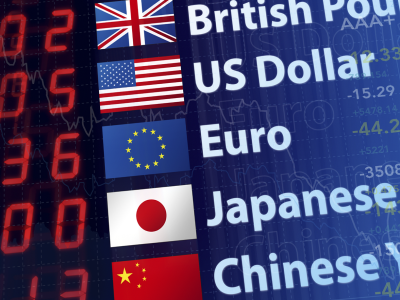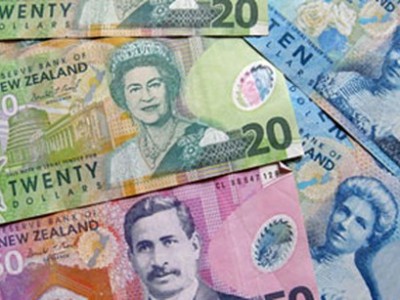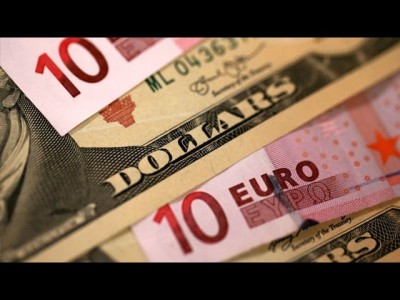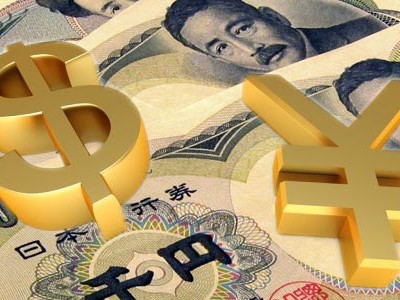Trade Plan of the Professional Trader
There’s a wise old saying that goes – “Failing to plan is planning to fail” and nowhere is it more appropriate than in the world of financial trading. Having a well thought-out trade plan for each and every trading opportunity is key to profitable trading.
Trading opportunities come in all shapes and sizes, and ‘luck’ tends to occur when preparation meets opportunity. A trade may be from a technical pullback against the fundamentals or a scheduled or unscheduled news event or comment from an influential figure. Some trades are in and out in a matter of seconds, while others can be held for years. How do you determine what to trade and how long to hold the trade for? You need to make a plan. Every time.
If trading the fundamentals then the trade plan should involve marking out technical levels where price needs to pull back to for entry. Setting limit orders or audio alerts around these levels is part of a good planning regimen.
If intending to trade a risk event, planning should commence well before the upcoming event. The expectations of the data or consensus outcome should be known, as well the outside estimates, such as high and low estimates for economic data. A good trader will know when each next central bank meeting is for the upcoming months ahead and the market pricing probability for each rate decision. This should feed into his own analysis of what he expects the central bank to do, and this in turn can provide trading opportunities if price is deemed by him as too high or too low leading into the event.
Each Sunday should commence with thorough assessment of the week’s risk events. A trader should isolate the key opportunities in terms of risk events and technical levels. During weeks where the calendar is light, more focus should be given to intermarket correlations with oil and indices driving sentiment in FX. Also, technical levels will become more powerful in the absence of high-impact economic data and central bank communications.
Friday’s trade management should be mindful of the following week’s line-up. It’s unwise to hold a position over the weekend in a currency that has an opposite bias risk event early the following week.
A good trade plan allows the trader to zoom in on a handful of key trading opportunities for the week ahead. Consistent profits are not made my having a large number of trades in a small period of time but rather by waiting for the high probability opportunities, of which the market may only produce 2-5 solid opportunities per week, usually on the back of tier one data or unscheduled news, but also sometimes simply from technical pullbacks.
It may be clear which currency to focus on given an upcoming risk event or current market theme. But choosing which counter-currency to trade against – that is, which specific currency pair – is an equally crucial decision and can spell the difference between a trade that hits target or one that drifts sideways. In selecting the optimal currency pair, a trader should review the sentiment and fundamental outlook in the counter-currency. If there is an upside bias in the focus currency, then he wants to find a weak currency to buy the focus currency against. Conversely, if the focus currency has a downside bias then he must seek a counter-currency with positive sentiment to sell against. Another key factor is technical levels; when choosing which pair to trade, a trader wants to sell pairs that have recently rallied and buy pairs that have recently declined, provided the reasons for those moves are no longer in play.
As a real example of a trade plan for a medium-term position, one of my top students is currently in a long USD position against the euro and the Aussie dollar. The plan is to hold into the June FOMC meeting provided the important data between now and then comes out in-line or better than expectations. He knows where will be huge pullbacks in the price and floating profit will go up and down, but the plan is to hold unless the fundamentals signal otherwise. It takes experience to be able to say that the market is wrong during a pullback and to hold the trade. But that is what a trade plan is for and you should not adjust the trade unless it’s in the plan. It’s fine to adjust the plan during a trade, in fact that is often essential, but the trade management should be done according to well thought-out logic in relation to fundamental data, not simply be determined by price action or noise in the market. If the data from the US is poor, then he will consider closing the trade. If the data remains decent, then the position will be held – and that’s the plan!
The post Trade Plan of the Professional Trader appeared first on Jarratt Davis.












